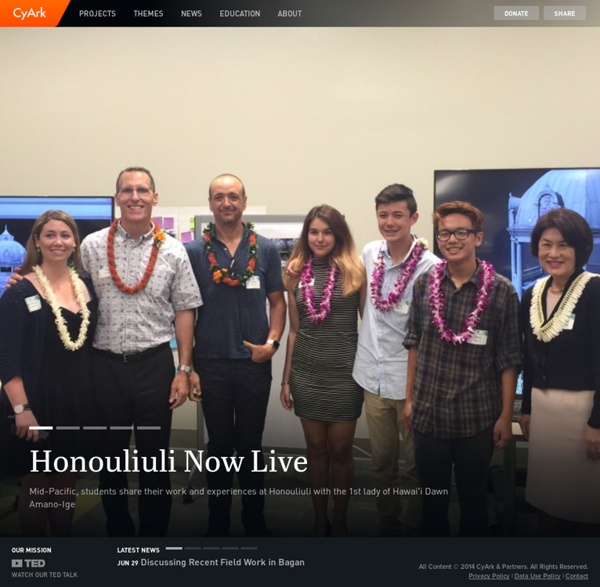



Introducing Oracle Application Express This section describes Oracle Application Express, its architecture, and the environment for using the product. It also introduces you to concepts and terms used in this guide when discussing Application Express. This section contains the following topics: About Oracle Application Express Oracle Application Express is a rapid Web application development tool for the Oracle database. From the end user's perspective, the deployed applications require only a browser and access to an Oracle database running Application Express. Understanding Oracle Application Express Architecture Oracle Application Express installs with your Oracle database and is comprised of data in tables and PL/SQL code. Whether you are running the Oracle Application Express development environment or an application you built using Oracle Application Express, the process is the same. The application session state is managed in the database tables within Application Express. Description of the illustration arch_epg.gif
Chichen Itza Chichen Itza (/tʃiːˈtʃɛn iːˈtsɑː/,[1] Spanish: Chichén Itzá [tʃiˈtʃen iˈtsa], from Yucatec Maya: Chi'ch'èen Ìitsha' [tɕʰɨɪʼtɕʼeːn˧˩ iː˧˩tsʰaʲ];[2] "at the mouth of the well of the Itza") was a large pre-Columbian city built by the Maya people of the Post Classic. The archaeological site is located in the municipality of Tinum, in the Mexican state of Yucatán.[3] Chichen Itza was a major focal point in the northern Maya lowlands from the Late Classic (c. Chichen Itza was one of the largest Maya cities and it was likely to have been one of the mythical great cities, or Tollans, referred to in later Mesoamerican literature.[4] The city may have had the most diverse population in the Maya world, a factor that could have contributed to the variety of architectural styles at the site.[5] The ruins of Chichen Itza are federal property, and the site’s stewardship is maintained by Mexico’s Instituto Nacional de Antropología e Historia (National Institute of Anthropology and History).
BibleGateway.com - 中文聖經 Version » Chinese Union Version (Traditional) Go to: Version Information | Copyright Information| Bible-Book List Version Information This Bible is in the public domain in the United States. Copyright Information Because this Bible is in the public domain, you are free to quote from or reprint it. Bible-Book List Pompeii Information Pompeii grew from a settlement of Oscan speaking descendants of the Neolithic inhabitants of Campania. Pre-Roman Pompeii, as a part of Campania, was a recipient of a complex set of cultural influences: Etruscans from the north, Greek colonists from the south, and Samnites and other Italic peoples all around. At the end of the Samnite Wars in 310 BCE, Campania became a part of the Roman confederation as an independent ally. Siding against Rome in the Social War, Pompeii was defeated by Sulla in 89 BCE. By 80 BCE it became integrated into Rome as a colony; Pompeii's citizens received Roman citizenship and the city's institutions, architecture, and culture were Romanized. This was all to change when on CE 24 August 79, when a major volcanic eruption from Mt. In 1860, the archaeological survey of the city was rationalized by Italian archaeologist Giuseppe Fiorelli, who became the director of excavations. Pompeii was an architectural crossroad between the Italic north and the Greek south.
Bridgehunter iframe - How to Embed an Apex website on my HTML Website AllExperts Questions & Answers 世界新聞網 Follow the brown signs